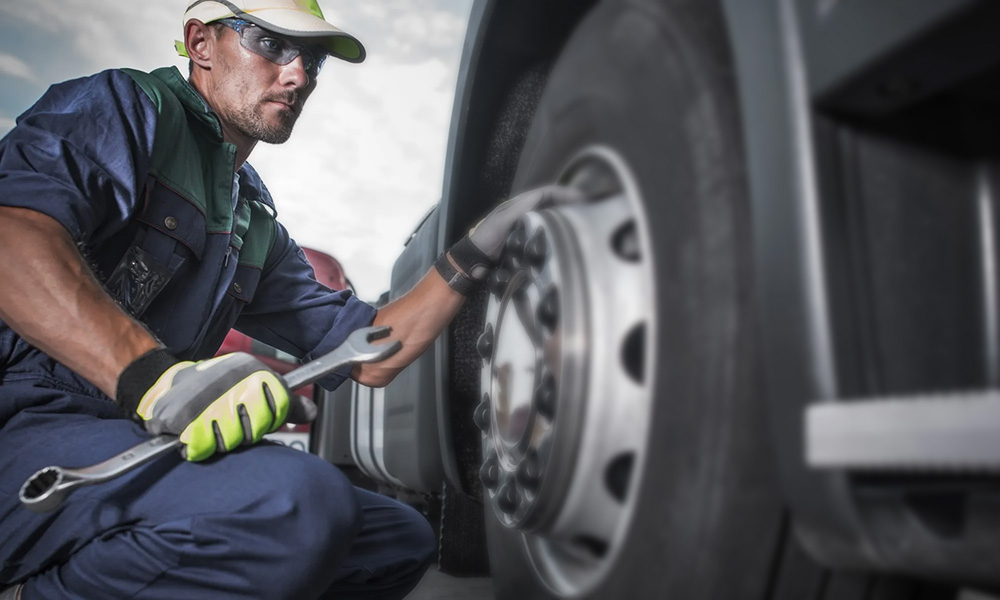







GREENTOUR Tire expert Leo highlights the key factors that influence tire and vehicle performance, dividing them into unavoidable factors and avoidable factors. Understanding these elements allows fleet operators and drivers to optimize tire usage, reduce wear, and enhance safety.

Unavoidable Factors
Climate and Seasonal Conditions
Temperature fluctuations, humidity, and extreme weather conditions can significantly impact tire performance. Cold weather may cause tires to harden and reduce grip, while excessive heat can accelerate wear and increase the risk of blowouts. Fleet operators should monitor tire pressure regularly and use seasonal-specific tire solutions when necessary.
Road Conditions
The type and quality of roads directly affect tire lifespan. Highways with smooth asphalt cause less wear compared to rough, unpaved roads or regions with potholes and debris. Drivers should adjust their speed and driving techniques based on road conditions to prevent unnecessary tire damage.
Types of Work and Itineraries
The specific application of a vehicle, whether long-haul trucking, regional delivery, or off-road industrial work, determines tire stress levels. Long-distance highway driving requires fuel-efficient, long-wearing tires like GREENTOUR’s RouteTour series, whereas industrial and mining applications demand the durability of the EnduraTour series. Selecting the right tire for the right job is crucial.

Avoidable Factors
Tire Selection
Choosing the appropriate tire model for a vehicle's application is one of the most critical factors. Incorrect tire choices lead to premature wear, poor fuel efficiency, and safety risks. GREENTOUR provides a range of tires tailored for specific uses, ensuring fleets maximize performance and cost savings.
Driving Habits and Methods
Aggressive acceleration, sudden braking, and sharp turns increase tire stress, leading to uneven wear and shorter lifespans. Fleet drivers should adopt smoother driving techniques, maintain steady speeds, and use gradual braking to preserve tire integrity and improve fuel economy.
Tire Load Capacity
Overloading vehicles puts excessive pressure on tires, increasing rolling resistance and the likelihood of sidewall damage or blowouts. Drivers should adhere to recommended weight limits and distribute cargo evenly to reduce unnecessary strain.
Tire Maintenance and Upkeep
Regular inspections, proper inflation, and timely rotations extend tire longevity. Underinflated tires create excessive heat buildup, while overinflation causes reduced road contact and uneven wear. Alignments and balancing should also be checked periodically to prevent irregular tread patterns.



